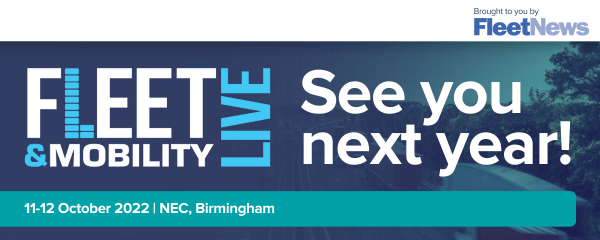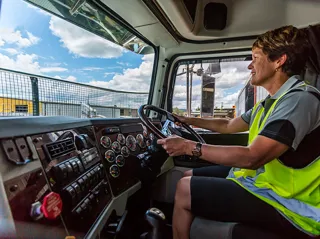By Ian Evans, partner at Corclaim
Due to a nationwide shortage of drivers, the Government has confirmed it will overhaul regulations to speed up the process of obtaining a HGV driving licence.
While it’s evident there’s a need for more HGV drivers, less stringent testing could lead to a reduction in driver competency and a risk of more incidents on our roads.
The challenges
Fleet operators will be fearful of seeing the cost of this in their damage claims; with repairs averaging at around £2,000 per incident, the impact on fleet costs could be significant.
Less qualified drivers manoeuvring large commercial vehicles in depots or tightly-packed urban streets is likely to lead to increased low velocity collisions.
More worrying, is more significant incidents such as multi-vehicle collisions, high-speed impacts or collisions with pedestrians.
Any claim including major vehicle damage or personal injury can have a substantial impact on a claims experience, as well as being damaging from a brand perspective too.
The solutions
If less stringent testing is one answer to a driver shortage, there are a number of measures fleet operators can introduce to ensure they are best prepared to avoid any safety, cost and insurance risks.
Irrespective of the minimum requirements through government legislation, every fleet operator can implement or increase their own in-house driver training programmes.
Outsourcing such programmes is an alternative and during Covid, there is an increasing offering for remote, online solutions.
A proper post-incident investigation including driver interview might be reactive but can also be essential to ensuring lessons are learned and proper driver feedback regarding best practice is delivered.
Overall claims data analysis is another method to assess common causes of incidents and to assist with implementing safe driving strategies.
To encourage the driver’s buy-in to good driving practises, the carrot or stick-type incentives can be useful.
That might take the form of financial rewards for clean drivers or those who report early to reduce claims cost.
Alternatively, financial penalties or even disciplinary measures for those involved in fault incidents or late reporting could be imposed.
What works for each fleet in this regard very much depends on the nature of the business.
Installing telematics – whether black box software to track speeds or G-force systems to monitor heavy braking or actual incidents – can also help assess driving practice.
Camera access from within the vehicle, such as reversing cameras, is a good way to minimise minor incidents where manoeuvring in tight spaces and any dash-cam footage of actual incidents is gold dust to enable early decisions on liability.
However, while a lot of fleet operators invest heavily in technology, it’s important to supplement the technology with an investment in people who can use the information to monitor driving behaviour.
Fleets may choose to change or increase their insurance covers to better protect them against rising incident costs. However, this does mean an increase in insurance premiums.
Finally, while some incidents will be fault claims, it’s important to have a proper uninsured loss recovery (ULR) solution in place to minimise claims spend on non or partial fault incidents (this may include policy excess, repair, replacement vehicle costs or loss of use).
Many fleet operators will rightly concentrate on the cost against the business in fault incidents but it’s not an either or; having a proper ULR solution in place is imperative to maximising loss recovery and helping to reduce overall spend.





















Login to comment
Comments
No comments have been made yet.